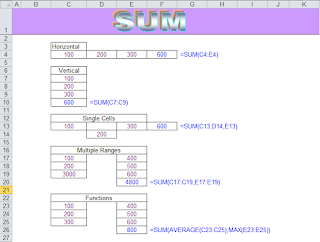Influence of typewriter approximations
Typesetters continued to follow the original standards, but increasingly started to adopt the typists' approximations as their typesetting style, particularly in America but also in the UK and France.[8]
The reasons were predominantly commercial rather than stylistic. A key change in the publishing industry from the mid-19th century to the mid-20th century was the enormous growth of mass-produced books and magazines. Increasing commercial pressure to reduce the costs, complexity, and lead-time of printing deeply affected the industry, leading to a widening gap between commercial printing and fine printing.[9] For example, T. S. Eliot's The Waste Land was originally published by a high-volume commercial printer according to its house rules and it was not until its third publication that Eliot was satisfied with its typesetting.[10]
The underlying reasons were:[11]
* ease and speed, since far less physical type and more importantly far less skilled effort was required
* cost, since fewer man-hours were required and the condensed text required less paper. The bulk of the cost saving was typesetting-related rather than paper-use-related
* cultural, since new typesetters (and readers) had grown up with typewriters and the standard typists' spacing approximations of good typesetting
Where before the First World War virtually all English-language books were printed following standard typesetters' spacing rules, by the end of the Second World War most American books and an increasing proportion of English books were printed following the typewriter's English spacing approximation rules.[12][13][14] By the 1960s it was rare even in England for ordinary English-language books to be printed using standard typesetters' spacing rules
The reasons were predominantly commercial rather than stylistic. A key change in the publishing industry from the mid-19th century to the mid-20th century was the enormous growth of mass-produced books and magazines. Increasing commercial pressure to reduce the costs, complexity, and lead-time of printing deeply affected the industry, leading to a widening gap between commercial printing and fine printing.[9] For example, T. S. Eliot's The Waste Land was originally published by a high-volume commercial printer according to its house rules and it was not until its third publication that Eliot was satisfied with its typesetting.[10]
The underlying reasons were:[11]
* ease and speed, since far less physical type and more importantly far less skilled effort was required
* cost, since fewer man-hours were required and the condensed text required less paper. The bulk of the cost saving was typesetting-related rather than paper-use-related
* cultural, since new typesetters (and readers) had grown up with typewriters and the standard typists' spacing approximations of good typesetting
Where before the First World War virtually all English-language books were printed following standard typesetters' spacing rules, by the end of the Second World War most American books and an increasing proportion of English books were printed following the typewriter's English spacing approximation rules.[12][13][14] By the 1960s it was rare even in England for ordinary English-language books to be printed using standard typesetters' spacing rules
